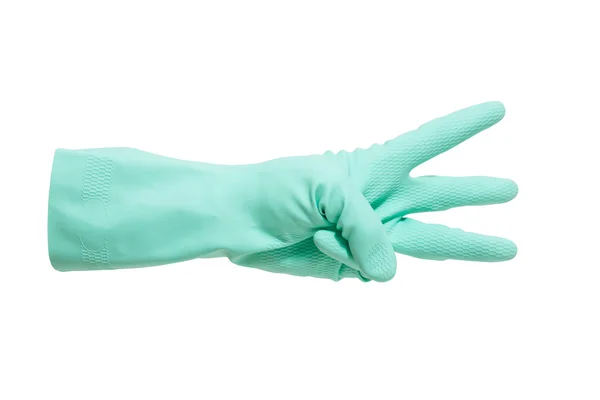Gloves play a crucial role in the daily practice of dentistry, providing a protective barrier between dentists and their patients. In the field of dentistry, where close and constant contact with bodily fluids, medications, and instruments is common, gloves serve as an essential tool to prevent the spread of infections and maintain a sterile environment. With advancements in materials and technology, dentists now have access to a wide range of gloves designed specifically for their unique needs.
When it comes to dental procedures, safety and hygiene take utmost priority. Gloves not only protect dentists from potential exposure to pathogens but also safeguard patients from any cross-contamination. They have become an indispensable part of every dental professional’s attire. This article explores different types of gloves available for dentists, highlighting their features, benefits, and considerations to help practitioners make informed choices while ensuring the highest standard of patient care.

The Importance of Choosing the Right Gloves
When it comes to dental procedures, choosing the right gloves is paramount to ensure the safety and well-being of both the dentist and the patient. With a wide range of options available, it is essential to consider various factors before making a selection.
The first consideration should be the material of the gloves. Latex gloves have long been the standard choice due to their excellent fit, comfort, and tactile sensitivity. However, with the rise in latex allergies among both dentists and patients, many practitioners are opting for nitrile gloves. Nitrile gloves provide similar tactile sensitivity and comfort, while eliminating the risk of latex allergies.
dental examination gloves that offer an optimal balance between protection and dexterity are highly recommended. This ensures that dentists can perform delicate procedures with precision while maintaining a sterile environment. Additionally, selecting gloves that are resistant to punctures, tears, and chemicals further enhances safety during dental procedures.
Considerations for Dental Examination Gloves
Choosing the right dental examination gloves involves considering several factors specific to the needs of dentists. First and foremost, the gloves should meet the industry standards for barrier protection against microorganisms and pathogens commonly encountered in dental practice. Look for gloves that are tested and certified to provide an effective barrier.
Another crucial consideration is sizing. Ill-fitting gloves can hamper dexterity and compromise safety. Dentists should ensure they find the perfect fit by using sizing charts provided by glove manufacturers. It is also important to remember that different brands may have variations in sizing, so it is advisable to try samples before purchasing in bulk.
By carefully considering these factors and exploring options such as dental examination gloves tailored for the unique needs of dentists, practitioners can make informed choices to uphold the highest standard of patient care and safety.
In conclusion, gloves are an essential tool for dentists in ensuring safety, hygiene, and the prevention of cross-contamination. The choice of gloves is crucial, considering factors such as the material, fit, and protection level. While latex gloves have been the standard choice, nitrile gloves are becoming increasingly popular due to the rise in latex allergies. Dental examination gloves that offer a balance between protection and dexterity are highly recommended. Dentists should also ensure that the gloves meet industry standards for barrier protection and consider sizing charts provided by manufacturers. By making informed choices in selecting the right gloves, dental professionals can uphold the highest standards of patient care and safety.
